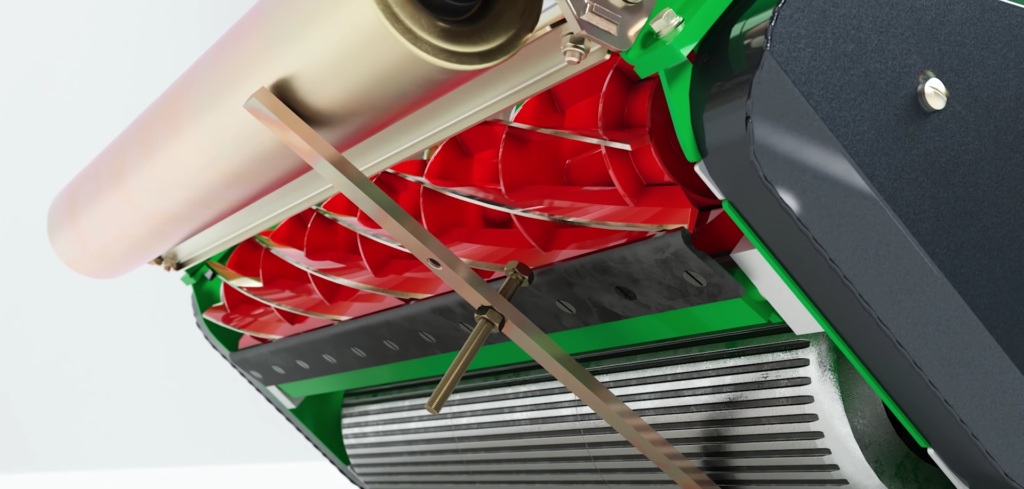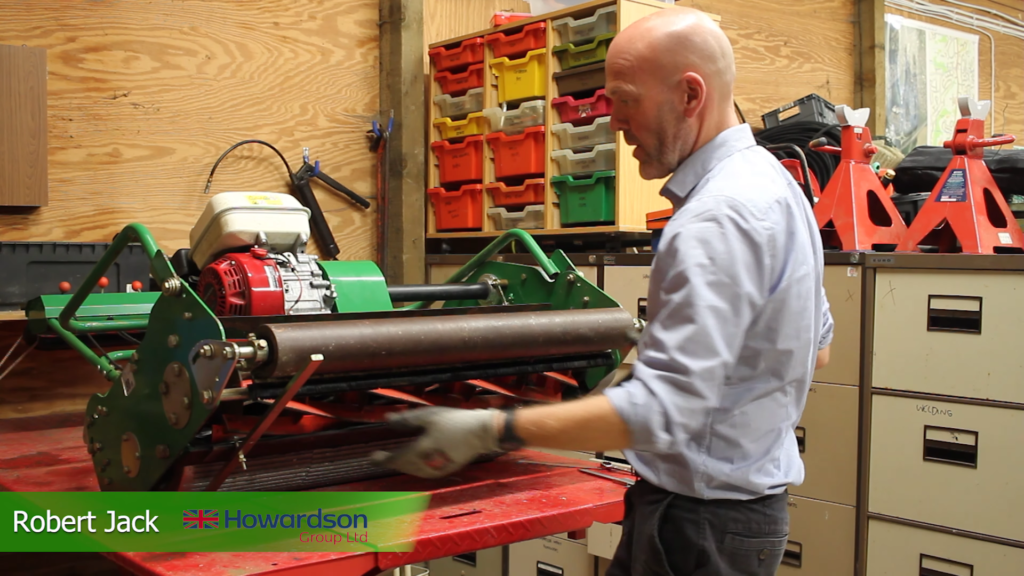Now this is one of those topics in greenkeeping that is site-specific due to the large amount of variables, including grass type, weather, region, budget, staff and everything in between.

However there are some important rules of thumb to keep in mind, the biggest one being to avoid cutting off more than one third or 33% of the leaf at any one time to avoid stressing the grass. When lowering the height of cut, it should be done gradually over time following the one third rule. Incremental changes to the height will allow the grass to adapt more readily, helping to avoid negative effects on the sward. You can find recommended and temporary mowing heights for each grass species online.
Mowing height can be varied seasonally to improve turf responses to changes in weather and available sunlight, such as during spring greenup, summer stress tolerance, and cold hardening. For example, in the early spring warm season, grasses grow rapidly and can be mowed closer without negatively affecting overall plant health. At this time of year, close mowing can control thatch, increase turf density, remove dead leaf tissue, and promote earlier greenup. In the summer, by contrast, a higher cut helps moderate stress through a variety of means such as insulating the crown from heat stress, reducing weed completion, and reducing water needs.
The height you choose can also vary greatly and be limited by the sports being played on the surface. The best example would be a cricket outfield, which, during cricket season, would be mowed at 15-25mm during the playing season. Usually the same outfield is then used for football or rugby where the heights are raised to 25-50mm depending on the sports and climate. This is all due to the ball roll and playing characteristics of the surface.
Some final tips to remember:
Taller grass varieties should be mowed frequently and height gradually decreased until desired HOC is achieved. In shaded environments, HOC should be increased by at least 30% to improve the health of turf. This is achieved because the larger surface area of the leaf allows for more photosynthesis in the already limited shaded area. It’s wise to increase HOC during times of stress (such as drought), as much as use will allow, to hold onto more moisture in the leaf while also increasing photosynthetic capacity and rooting depth of plants.
Freshly laid sod or sown seed should not be cut short for at least 6-8 weeks. The grass can still be mown, but you should only be pinching the top of the leaf off. With sod, once the roots begin to do their work, you can usually get away with mowing shorter sooner. However, height of cut is more important when growing from seed and additional leafs may not yet be present, subsequently stressing the grass. While I’m on the topic, it’s also important when growing in from seed to avoid cutting until the plant is established, avoiding the grass being removed from the soil or damaged when mowing.


Some tips to keep in mind; there are two components to mowing height:
1 Being the bench setting; this is the height of cut at which the mower is mechanically set in the workshop or maintenance facility.
2 Is the effective cutting height; which is the actual height of the cut on the grass surface. This may be different due to thatch levels causing the mower to be higher or lower on the surface, thus leaving a different HOC. Surface condition, topography and groundwater can all have an effect here.
It’s important to recognise that these two components are rarely, if ever the same, and the height at which the machine is set at may not actually be the actual height of the cut.
